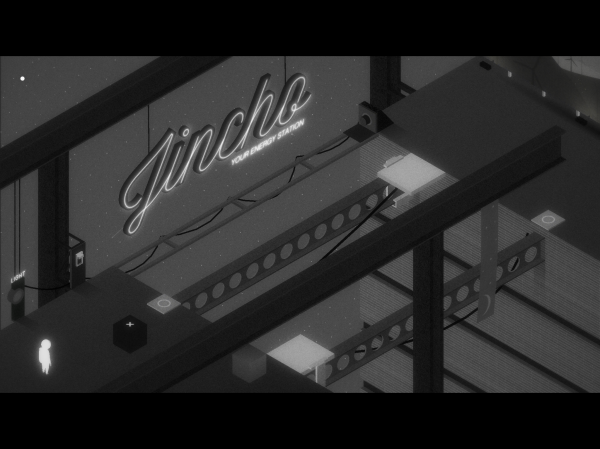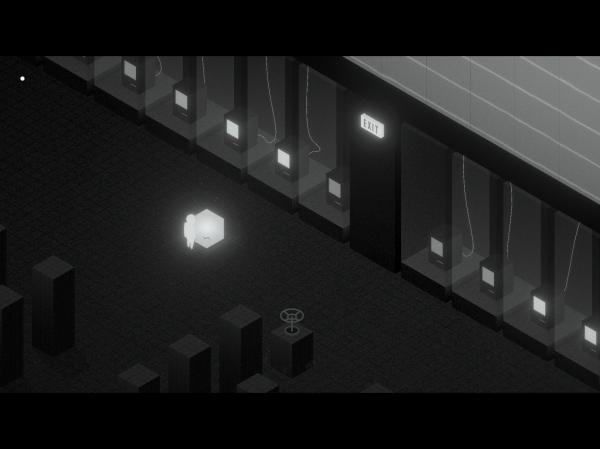Starman: Tale of Light review
Price: $3.99
Version: 1.0.1
App Reviewed on: iPad Air 2
Graphics/Sound Rating:





User Interface Rating:





Gameplay Rating:





Replay Value Rating:





Overall Rating:





Starman is a monochromatic puzzle game that is reminiscent of games like Monument Valley. It’s not a terribly long game, but for the time you spend with it, you can expect a good number of satisfying puzzles and a boatload of eye candy. If you’ve already had your fill of minimal puzzle games, this one probably won’t change your mind, but Starman is good fun for what it is.

Black and white space
You play as an astronaut in Starman, and your objective seems to be to gather orbs of light in order to throw them into a campfire. It's not the most coherent story out there, and the game doesn't really do much to give you sense of what’s going on. That’s not really the point though. Starman is much more about placing you in foreign environments and having you tap around to solve puzzles in them.
By foreign, I don’t just mean that Starman’s environments are black and white. Every level in the game feels like the remnants of a completely bizarre but beautiful civilization that disappeared under mysterious circumstances. Whoever inhabited these spaces before you got there was clearly an advanced society, but they also had eye and appreciation for classic stylings. This, combined with the game's black and white look, creates some incredible scenery that makes playing through Starman a visual treat.
Poking puzzles
In terms of gameplay, Starman very much follows the template of something like Monument Valley. You tap to move your astronaut around and interact with things in an effort to solve puzzles. In earlier stages of Starman, much of this revolves around tapping to move boxes and hit switches, but in the back half of the game, the puzzles get considerably more sophisticated.
The quality of puzzles here is mostly solid, though some can feel too simplistic, while others a bit too esoteric for their own good. In either case, each puzzle feels like an achievement whenever you solve it because Starman doesn’t really dwell on any particular puzzle type. No particular mechanic overstays its welcome in the game, which makes for a game that feels fresh and fun from beginning to end.

Fast-spaced
Starman is certainly an interesting game, but there are a couple issues with it that might be cause for concern. The first is the game’s length. Starman is comprised of nine levels, with each one lasting about 10-20 minutes, depending on how quickly you figure its puzzles out. This isn’t a huge problem, as I’d rather have Starman be short and sweet instead of some long, drawn out experience, but it can certainly be a sticking point for some.
In addition to being a relatively short game, a handful of Starman’s puzzles rely on timing, which can be infuriating. With simple tap controls, challenges involving finesse and quick reflexes feel like they’d have no business being in the game, yet there are a few of them here. While the designs for some of these puzzles are actually pretty neat, it can be really annoying to know exactly what you’re supposed to do to solve a puzzle and fail over and over again because you’re fighting with the controls.
The bottom line
Starman is a fun enough puzzle game, but what really makes it stands out is its fantastic visual design. The black and white aesthetic, combined with richly detailed and interesting environments, makes for a game that you want to stare at all day. Although it isn’t a super long experience, and some of its puzzles can be troublesome, Starman is worth taking a look at.



